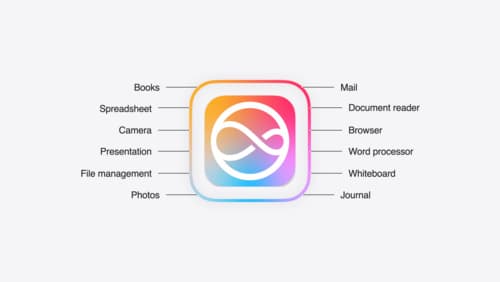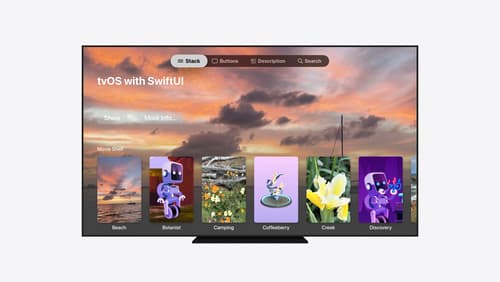How I slimmed down my iOS app
Asked on 2025-03-06
1 search
To slim down your iOS app, you can consider several strategies discussed in various WWDC sessions:
-
Optimize 3D Assets: If your app uses 3D assets, you can optimize them for spatial computing by keeping the polygon count low, compressing textures, and using unlit materials. This can significantly reduce the size and improve the performance of your app. For more details, you can refer to the session Optimize your 3D assets for spatial computing.
-
Use On-Demand Resources: For games or apps with large assets, consider using on-demand resources. This allows you to download additional data after the app is installed, reducing the initial app size. This approach is discussed in the session Design advanced games for Apple platforms.
-
Dynamic Type and Scaled Metrics: Implementing Dynamic Type and using scaled metrics for images can help in optimizing the app's UI for different text sizes without bloating the app with multiple assets. This is covered in the session Get started with Dynamic Type.
-
App Intents Framework: Streamline your app's features using the App Intents framework, which allows you to express core concepts once and reuse them across various features like Siri, widgets, and shortcuts. This can help in reducing redundant code and assets. More information can be found in the session Bring your app’s core features to users with App Intents.
By applying these strategies, you can effectively reduce the size of your iOS app while maintaining or even enhancing its functionality and user experience.

Design advanced games for Apple platforms
Learn how to adapt your high-end game so it feels at home on Mac, iPad, and iPhone. We’ll go over how to make your game look stunning on different displays, tailor your input and controls to be intuitive on each device, and take advantage of Apple technologies that deliver great player experiences.

Bring your app to Siri
Learn how to use App Intents to expose your app’s functionality to Siri. Understand which intents are already available for your use, and how to create custom intents to integrate actions from your app into the system. We’ll also cover what metadata to provide, making your entities searchable via Spotlight, annotating onscreen references, and much more.

Migrate your TVML app to SwiftUI
SwiftUI helps you build great apps on all Apple platforms and is the preferred toolkit for bringing your content into the living room with tvOS 18. Learn how to use SwiftUI to create familiar layouts and controls from TVMLKit, and get tips and best practices.
